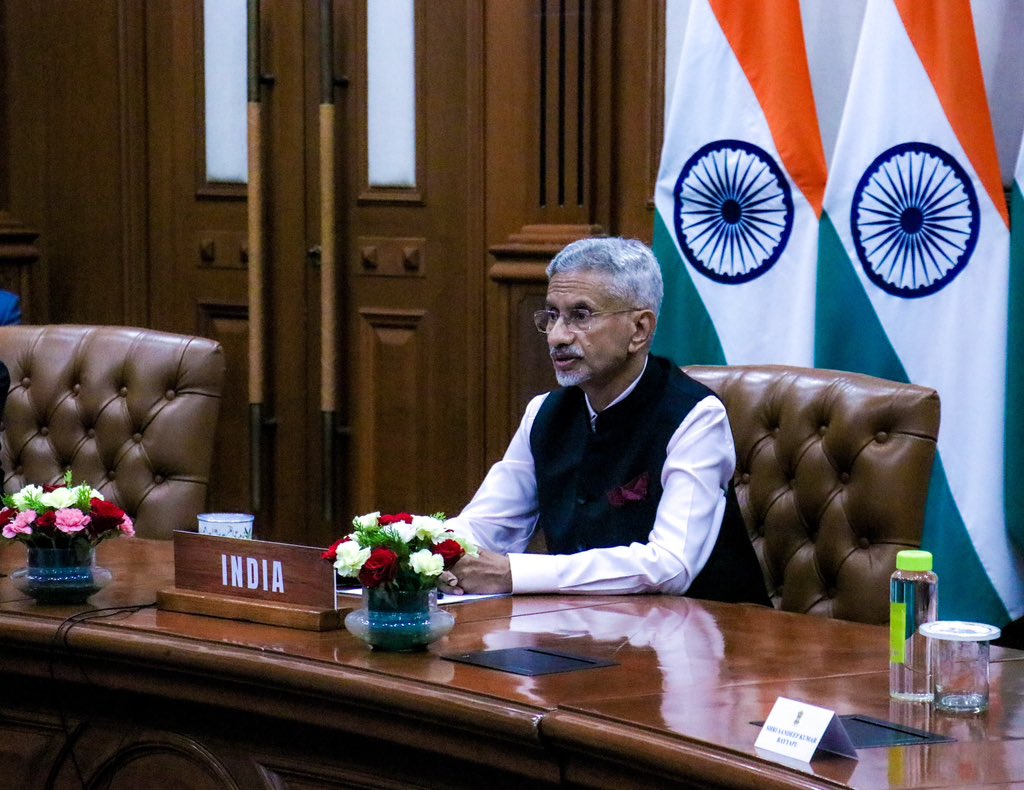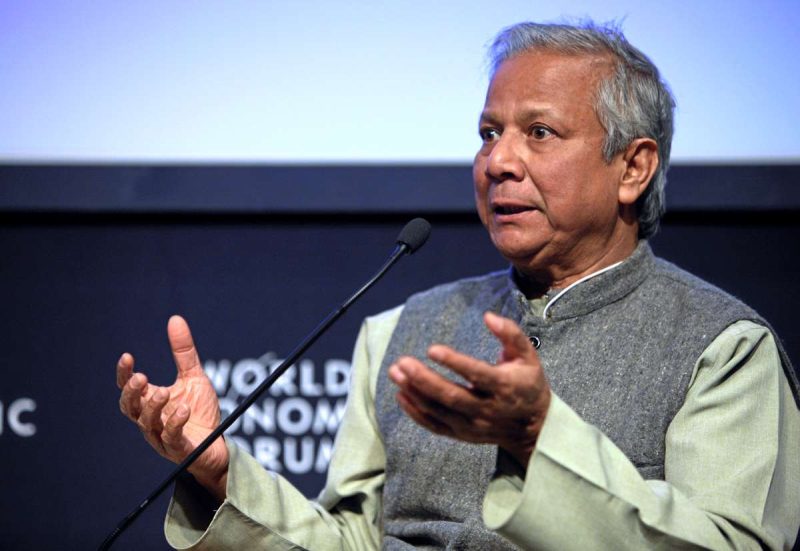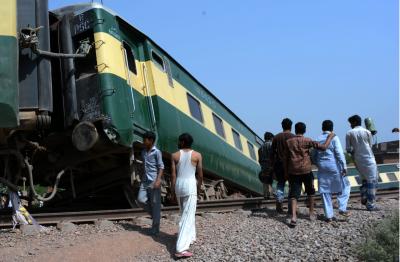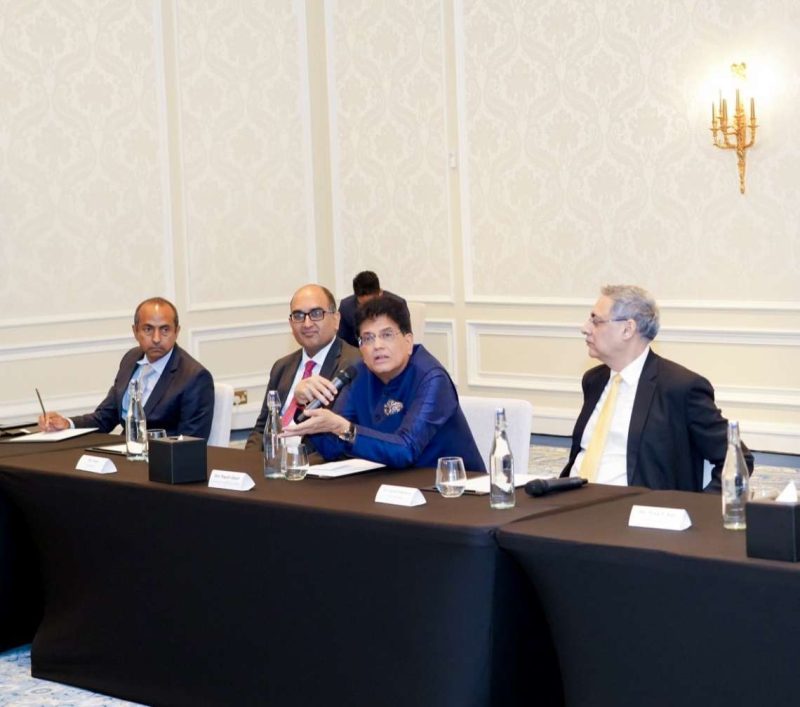HIMFED sells fertilizers throughout the year but farmers purchase it during the start of cropping seasons due to storage issues at their end…reports Raman Kant
“We’ve been hit by a double whammy this time. The harsh weather and lack of fertilisers have broken the backs of us farmers and gardeners,” said Tulsi Ram Sharma, an apple farmer from Theog, Himachal Pradesh.
“During the apple flowering season and when wheat crops and vegetables needed manure, there was no fertiliser available in the market. As a result, we suffered huge losses, which deepened our livelihood crisis. Our losses rose to 40 per cent due to lack of rains and non-availability of manure. This is the first time we’ve had to face two problems at the same time,” added Sharma, who has spent the past five decades cultivating apples on 8 bighas of land in the vegetable- and apple-dominated region.
Grapes and geopolitics
This crisis is directly related to India’s deteriorating relationship with China and is exacerbated by the ongoing Russo-Ukrainian war. This is because of disrupted supply from war-torn Ukraine, the world’s largest exporter of urea fertilisers, said renowned agriculture expert Devinder Singh. He added that India’s dependence on raw materials for fertilizer is mostly on China and Ukraine.
Ganesh Dutt, Chairman of the Himachal Pradesh State Cooperative Marketing and Consumer’s Federation (HIMFED) confirmed that the non-availability of raw materials from abroad had deepened the fertiliser crisis in Himachal Pradesh and “HIMFED has taken necessary steps to ensure availability”. In addition, Biofertilizers developed by the Agri-Horti universities in the state were also distributed to farmers and orchardists.
In Himachal, 69 per cent of the population is associated with agriculture and horticulture, which means around 9.61 lakh farmers and 2.5 lakh gardeners are directly affected by this shortage. Apple plants need nitrogen before they flower, a requirement that’s met by manure, whereas urea fertiliser is necessary to get a good yield of wheat. The severe deficit of both means poor quality of grains in the wheat crops and premature flowering of apples and other fruits in the heat.
Horticulture expert Dr S.P. Bhardwaj pointed out that the plants that go dormant in the winter are rejuvenated in the spring, and at this time, they are usually fed nutrients through manure. As a result, plants are fortified for the next crop cycle. This year, however, the entire crop cycle was disturbed.
HIMFED monopoly
HIMFED obtains fertilisers from firms across the country and ensures its supply to the farmers and gardeners of Himachal Pradesh through its cells. In places where HIMFED does not have its own centres, it supplies fertilisers through open depots under the public distribution system (PDS).
In fact, HIMFED alone sells 80 per cent of the fertilisers in the state. Till February 2022, it distributed 22,958 tonnes of manure among farmers and gardeners, whereas, in the same month last year, it made 74,604 tonnes of manure available to them. This meagre supply also led to significant inflation in the price of fertilisers. As a result, under the leadership of senior CPI-M leader and former mayor of Shimla Sanjay Chauhan, farmers and gardeners staged a protest against HIMFED selling fertilisers at higher prices than the open market.
HIMFED sells fertilizers throughout the year but farmers purchase it during the start of cropping seasons due to storage issues at their end.
Established by the state government, HIMFED shoulders the responsibility of buying and distributing fertilisers well in advance to prevent a shortage in supply. Under normal circumstances, farmers would visit HIMFED’s centres and local PDS depots to procure fertilisers. The overall shortage this time meant their centres, too, were low in stock, so farmers and gardeners resorted to buying their manure from the open market. Besides HIMFED, no other agency supplies fertilisers directly, and only a certain amount of manure is sold through shops in the open market.
Beyond the apples
Besides apples, the quality of wheat crops also suffered due to the non-availability of fertiliser.
Bhag Singh, a wheat farmer from Una district, said his yield dropped by 10 per cent from that last year and that both small and medium farmers had suffered due to the manure shortage. He claimed to have visited the government depot every day for a week to look for urea fertiliser for his crop, but had returned empty-handed each time.
Similarly, Prem Singh, a gardener from Kullu district, said he worked with gardeners around his plot to collect manure for his plants, in an attempt to reduce crop loss.
Rising temperatures and inadequate rainfall, coupled with an extended dry spell, are the other culprits behind the plight of Himachal’s farmers today. According to data from the weather bureau, recorded from 1901 to 2022, March 2022 was the hottest March of the century. Such harsh weather can wreak havoc on apple crops, which require low temperatures to flourish.
Horticulture expert Dr Kishore Sharma pointed out that the temperatures in 2022 have been several degrees above normal for this time of the year.
“This change in temperature will cause problems in the fruit setting in apple trees, which can reduce crop production by 15 per cent to 20 per cent. The quality of the fruit will also be affected as a result of not receiving the necessary nutrients. In both circumstances, gardeners may have to bear financial losses,” Dr Sharma said.
The annual turnover of apples in Himachal is over Rs 4.5 thousand crore, but if the unfavourable weather conditions persist, the state’s economic health is bound to take a hit.
Traditional farming practices
Over the last 17 months, India witnessed the highest food inflation rate, with F&B prices skyrocketing across the country. In such a situation, a shortage of manure will inadvertently affect the production of crops and fruits countrywide, leading to further inflation and slower GDP growth.
While it remains unclear how farmers and the HIMFED plan to tackle the prevailing crisis in Himachal Pradesh, a cursory look at the state of affairs would pave the way towards adopting methods of agriculture and gardening that minimise the use of fertilisers and pesticides. To help farmers take this route, in 2019-20, the central government launched the Bhartiya Prakritik Kheti Padhatti (BPKP) sub-scheme under the Paramparagat Krishi Vikas Yojana, which falls within the umbrella of National Mission on Sustainable Agriculture (NMSA) with a budget outlay of Rs 4645.69 crore till 2025 to promote organic and natural farming with the use of traditional practices.
The government of Himachal Pradesh had also launched the Prakritik Kheti Khushal Kisan Yojna in 2018, to discourage the use of pesticides. Adopting such methods of agriculture would not only lessen farmers’ dependence on chemical fertilisers but also reduce expenditure.
ALSO READ-India inks Rs 2,971 crore mega-deal for Astra Mk-1 missiles














